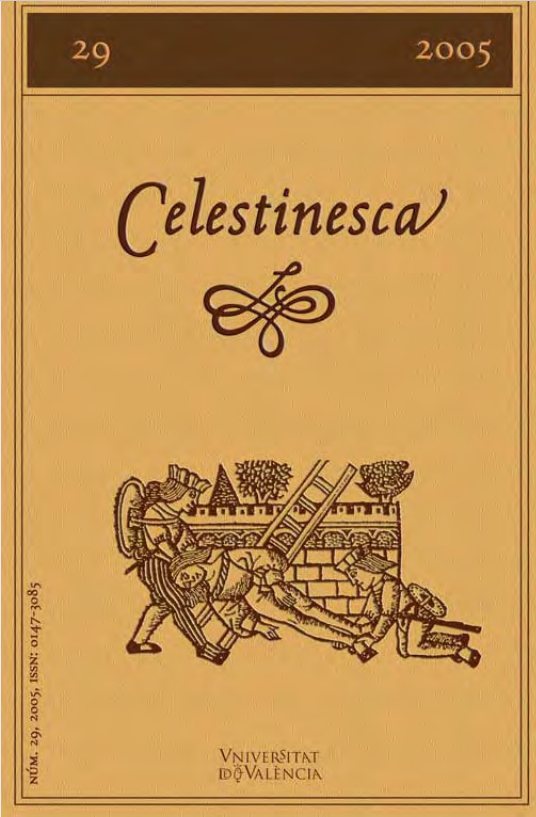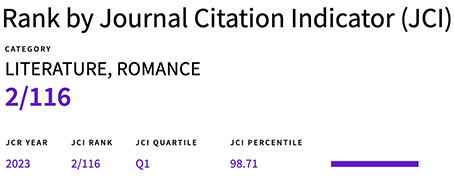Laberinth of Errors: Celestinesque Ploys against Death
DOI:
https://doi.org/10.7203/Celestinesca.29.20052Keywords:
Fernando de Rojas, La Celestina, celestinesque genre, Comedia Thebaida, Feliciano de Silva, Segunda comedia de Celestina, Sancho de Muñón, Tragicomedia de Lisandro y Roselia, Sebastián Fernández, Tragedia Policiana Abstract
Abstract
Of all the types of prose fiction popular throughout the Spanish Golden Age the family of texts composed as continuations and/or derivations of Fernando de Rojas’s La Celestina (1499), stands out as a veritable museum of death, dying, mourning, and melancholia. As prescribed by Rojas’s foundational text, all too frequently the characters of the celestinesque genre meet cruel ends. Lovers die, servants murder each other, revenge is exacted, relatives stand alone grieving, and, as sure as old age often prefigures death, an air of melancholy is common to these texts. Yet, the texts of the celestinesca consistently aim to stand out on their own. This article aims to explore the tangled web of death and dying, mourning and melancholy present in the works of the celestinesca. It shows the extent to which Rojas’s followers at-tempted to open ways out of his dreadful «laberinto de errores».
 Downloads
Downloads
Downloads
Published
How to Cite
-
Abstract267
-
PDF (Español)165
Issue
Section
License
![]() Celestinesca is committed to the dissemination of knowledge, that is why access to its contents is free and is ruled by a Creative Commons Attribution-NonCommercial-NoDerivatives 4.0 license.
Celestinesca is committed to the dissemination of knowledge, that is why access to its contents is free and is ruled by a Creative Commons Attribution-NonCommercial-NoDerivatives 4.0 license.
Authors retain the rights to their works. Therefore, they can disseminate them and deposit them in the repository, institutional or not, that they wish. However, they are kindly requested to do so by providing the full bibliographic reference and the corresponding DOI.
Celestinesca does not charge authors for submitting, processing, reviewing or publishing their articles.





